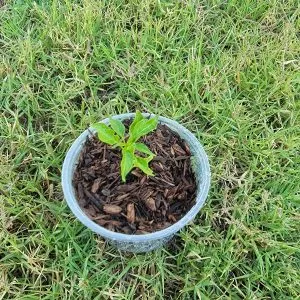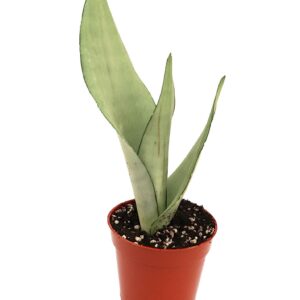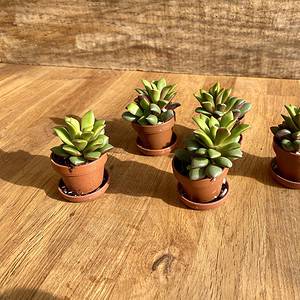No products in the cart.
Table of Contents
What is Ficus Altissima Plant?
In case you didn’t know, the Ficus genus belongs to the Moraceae family, and the Ficus altissima is a member of that family. This plant begins its life as an epiphyte. After that, it grows into a full-fledged plant, sending roots down whatever it is climbing and clinging to.
The roots then penetrate the ground, forming the root structure that allows the plant to stand independently.
Another interesting thing about this beauty it has been shown to remove gaseous formaldehyde from indoor air with excellent efficiency. Fun fact check! In India, it is said that this tree was the one under which Buddha attained enlightenment and is therefore sacred. It is one of the world’s most giant canopy trees in its natural habitat.
Want to add this Ficus altissima to your garden? Well, we will guide you on how to take care of it properly. Read more below to find out.
Ficus Altissima Plant Care Basics
First things first, look at the plant’s overview for you to know the basic information about it. We’ve provided them in a table form for easy reading!
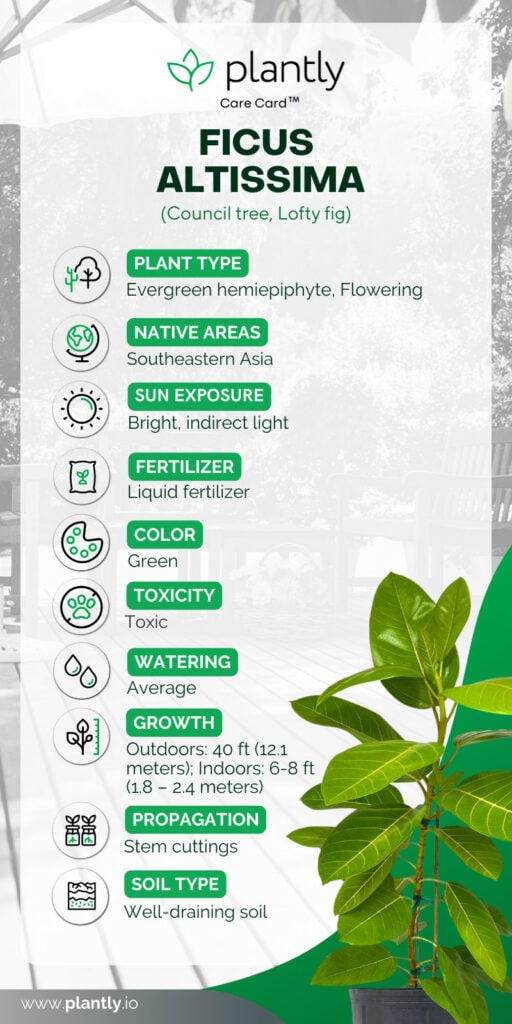
Ideal Potting Mix
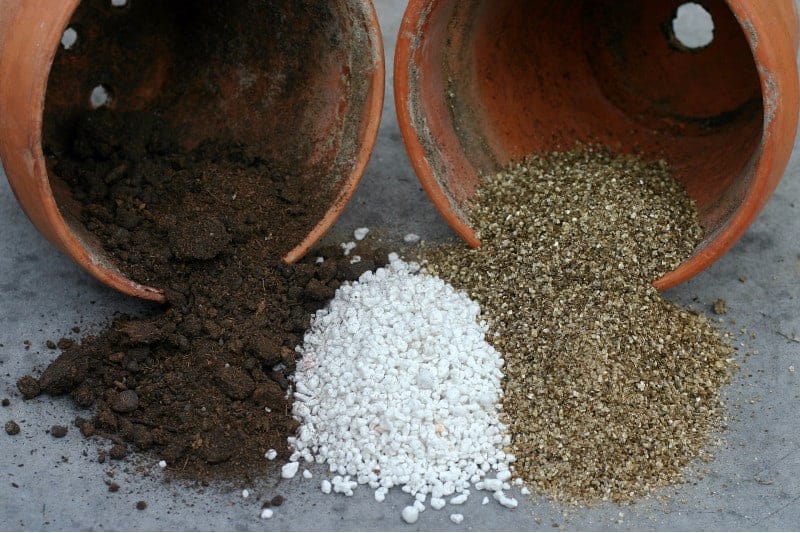
Ficus altissima maintenance is simplified because Ficus plants, in general, are not fussy about soil. Regular potting soil, such as “indoor potted plant soil” or “houseplant soil,” will suffice. In either case, the plant thrives in fertile and well-draining soil. The former will aid in its expansion. And it will be kept alive by the latter. As a result, you’ll require both.
Pro tip: You can add a handful of peat moss or coco coir to a standard houseplant mix to help with drainage. Perlite is also an excellent choice for improving drainage.
Watering Needs
Before adding any water to the ficus tree, let the top 5cm of soil or potting mix dry out. In spring and summer, water the plant once a week and once every two weeks in fall and winter. However, watering is very dependent on how much light your plant receives. You’ll see yellowing leaves that fade and finally drop off if you overwater your F. altissima.
Pro tip: In order for excess water to flow freely, pots should have enough drainage holes in the base and sides. Remember that this plant should not be left in water saucers for longer than 30 minutes.
Ideal Lighting
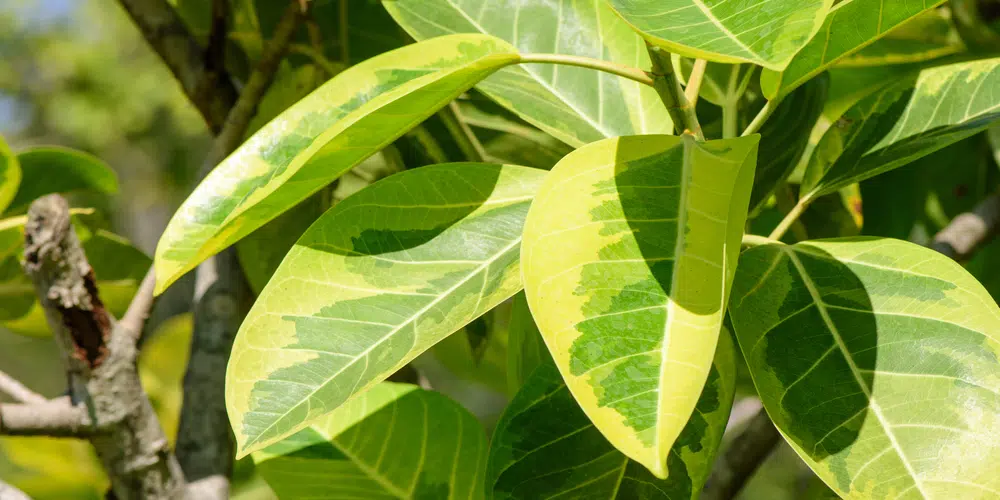
If you want to place these Ficus trees in the garden, put them under tree canopies or overhanging branches to receive adequate ambient light. When placed indoors, on the other hand, make sure they receive plenty of natural light but aren’t exposed to direct sunlight. You can hinder the direct sun via glass or sheer curtain to not burn the leaves.
Pro tip: The best windows are those that face east. Even if the rays hit the foliage, the plants can survive the light morning sun. Plus, in the mornings, there’s a lot of brilliant light.
Temperature & Humidity
The Ficus altissima prefers temperatures over 70 degrees Fahrenheit (21.1 degrees Celsius) in homes. However, the Ficus tree does not grow well below 60 degrees Fahrenheit (16 degrees Celsius). Keep in mind that drastic temperature changes can overwhelm your F. altissima. The fiddle leaf fig is also well-known for this. So, if your plant is happy where it is, don’t move it too much.
Pro tip: If you’re bringing your plant inside after spending the summer outside, try to let it out until the temperature and humidity naturally decline. Just make sure it doesn’t get below 60 degrees Fahrenheit (15.5 degrees Celsius) at night.
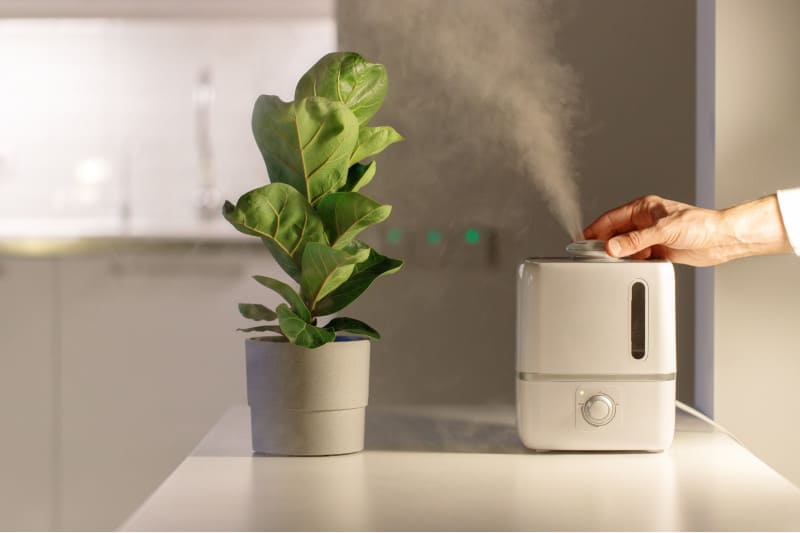
Humidity, on the other hand, is something you’ll have to pay more attention to. In normal household humidity levels, Ficus plants may not cause any problems. However, because it’s from Southeast Asia’s tropical regions, it’ll welcome any added humidity! Keep in mind that when the humidity is high, it grows faster and produces more beautiful leaves.
Pro tip: To go the extra mile, you can add a humidifier. You can also sprinkle the plant’s foliage, but ensure the soil doesn’t get too wet. Allowing the plant to take a vacation outside in a shaded area is a good choice, too, if you live somewhere humid.
How often should we fertilize our Ficus altissima?
Ficus altissima doesn’t really require this, but fertilizing it won’t hurt and will certainly make it grow faster. Fertilize during the growing season between spring and summer. When watering indoors, use a liquid fertilizer diluted to half strength. During the winter, you should give it a break. You could also use a slow-release fertilizer. You’ll only have to feed it three times a year if you do this.
Pro tip: In any case, stay away from low-cost, low-quality items. They do provide nutrients. However, they also leave a lot of extra salts in the soil. As this builds up, it will burn the roots and leaves of your plant.
Propagation
Are you looking forward to how to replicate this Ficus altissima? Well, the good news is that it is one of those plants that are easy to propagate! They can be done through stem cuttings. You should propagate them in the Summers and not during the winters to increase the probability of making it alive.
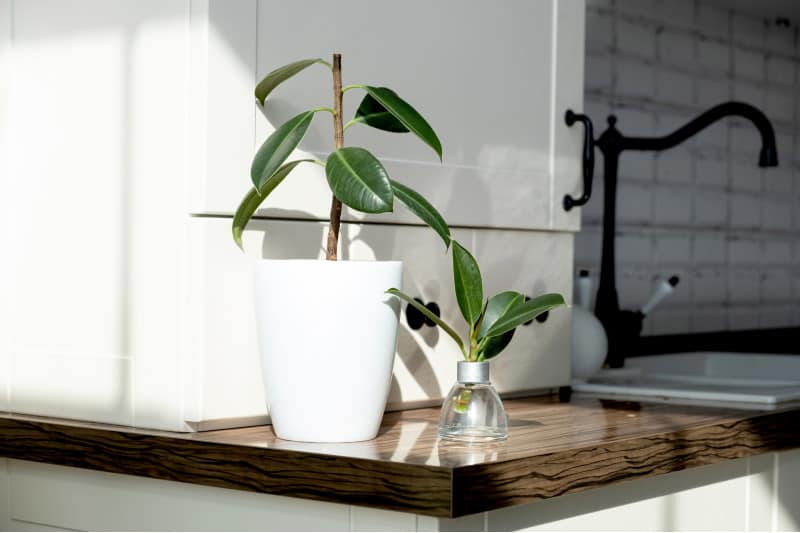
Here’s how you will do it:
- Choose a healthy stem and cut below the leaf node for a single cutting. The segment should have at least two to three leaves.
- Prepare the potting mix once the cuttings are ready. You can use sand or a mixture of peat and perlite.
- You can dip the cutting in rooting hormone at the end to boost its growth.
- Each cutting should be placed in a container with the leaves standing upright.
- Keep the plants in a bright, indirect light environment.
- The cuttings should begin to root in 3 to 4 weeks. At the bottom of the root ball, you should observe small white roots.
- Allow the cuttings to continue to grow. You can move them to larger pots without risking damage after 6 to 8 weeks.
Growth Zone
You can keep this plant outside all year if you live in USDA Hardiness Zones 10 and 11. However, if you reside somewhere else, bring the plant inside after late autumn approaches or the temperature goes below 60 degrees Fahrenheit (15.5 degrees Celsius)
Potting
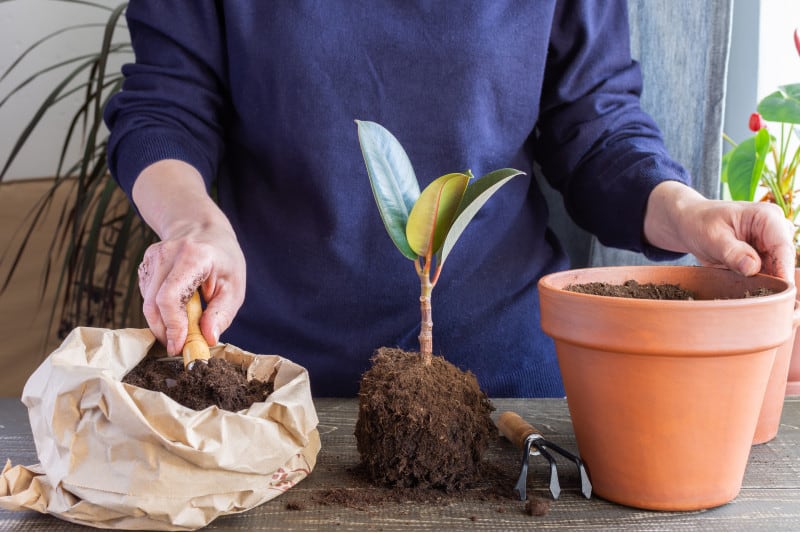
When choosing a container for your plant, consider its aesthetics and its ability to give the optimal growing circumstances for the Ficus tree. Make sure the pot you choose has drainage holes at the bottom to drain any extra water. In regards to repotting, make sure to do this in the spring and summer. Moving it during this time allows the plant to quickly recover from the shock of being removed from its container and relocated.
Pro tip: You can repot your Ficus altissima into the same container after removing some of the leaves and roots if you don’t want it to grow larger.
Pruning
Garden and potted Ficus need to be pruned regularly; otherwise, the plants will just grow too huge. Most are fast-growing and can grow to be pretty tall, so keep them trimmed to encourage branching. Once you’ve acquired the ideal shape, you’ll need to cut it regularly to keep it looking good.
Pro tip: When pruning, always use gloves. When the plant is injured or cut, milky sap is released. Some people’s skin may become irritated as a result of this.
Ficus Species and Similar Plants
Ficus trees come in a variety of shapes and sizes, and they make excellent houseplants and garden additions. Ficus trees come in a variety, including shrubs, creeping vines, and wooden trees. And don’t go anywhere to find it out; we will also provide some of them here!
They are:
Audrey Ficus
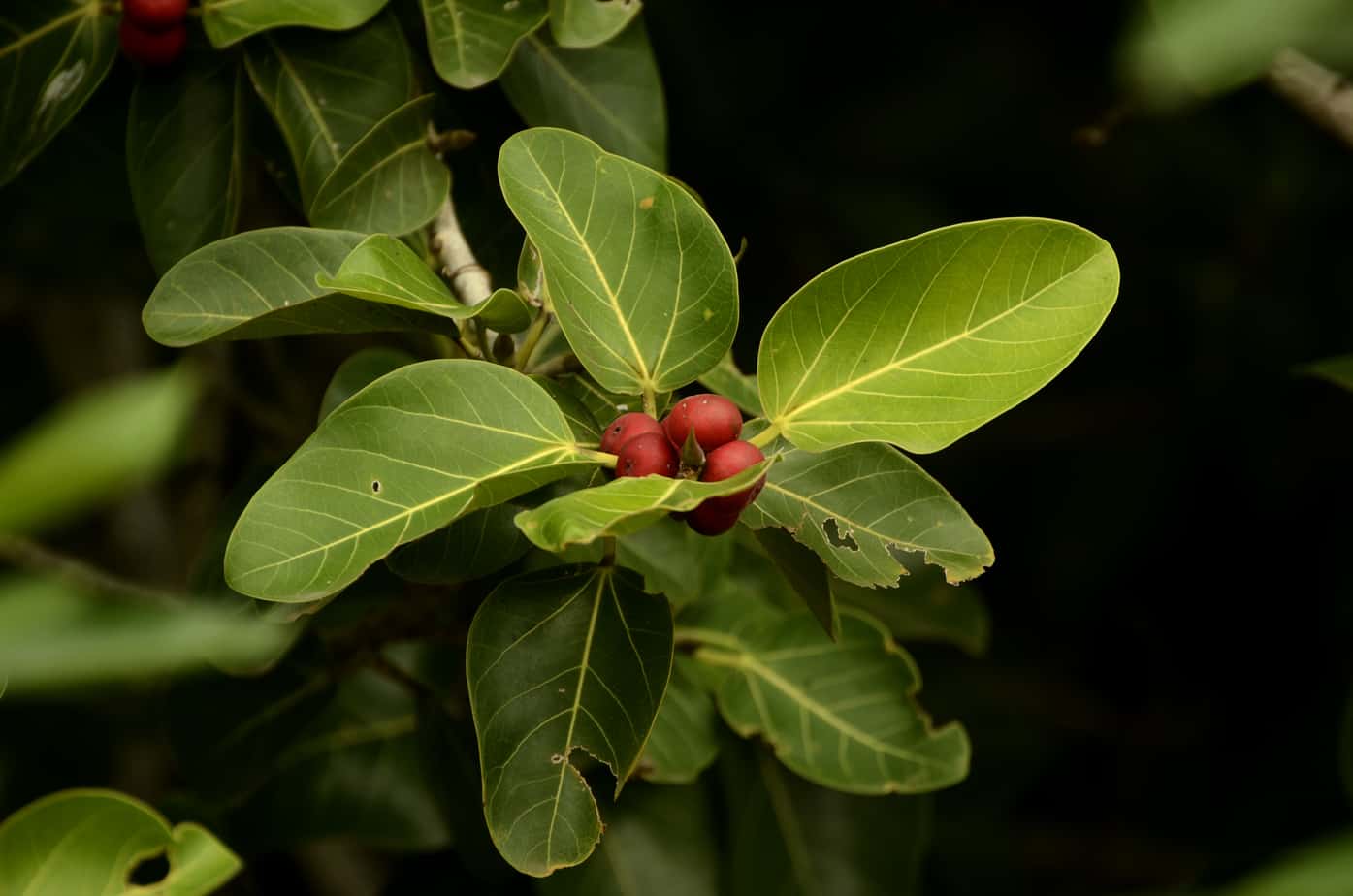
Audrey ficus (Ficus benghalensis), a tree ficus with lush dark green velvety leaves and beautiful cream-colored veins, is classed as a species of tree ficus. One of the reasons Audrey ficus plant is a lovely choice as a houseplant is that it is easy to care for. In truth, the Audrey ficus isn’t quite as finicky as the Fiddle-leaf fig.
Rubber Plant
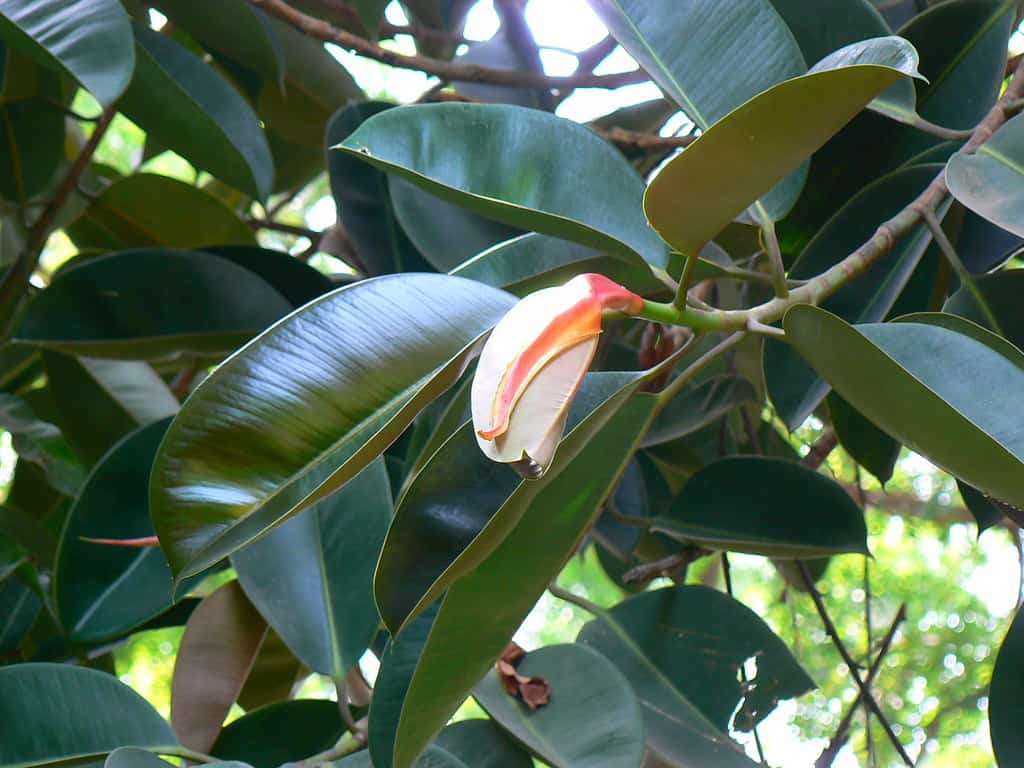
Rubber plants (Ficus elastica) are a popular leafy indoor plant species from the Ficus genus. The leaves can be in any hue, ranging from dark green with maroon veins to dark reddish-brown with green edges. The Rubber plant leaves are enormous and elegant, reaching up to 12 inches (30 cm) in length!
Weeping Fig
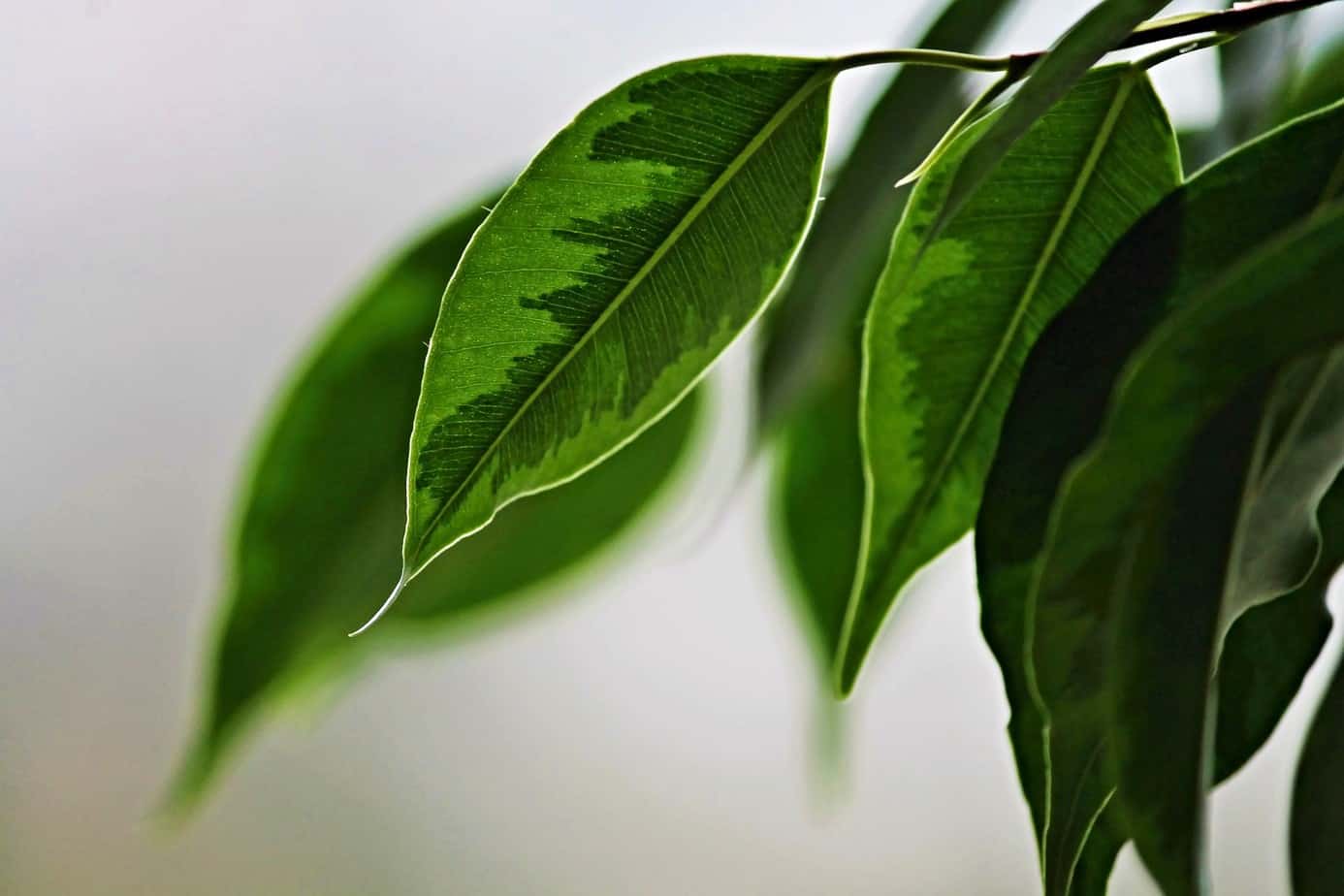
With its lustrous green leaves and bushy appearance, the Weeping fig (Ficus benjamina) is a popular ficus plant indoors. The Weeping fig has modest leaves compared to other indoor and outdoor ficus tree kinds. These grow together to produce a tiny shrub-like tree with a lot of appeal. The thin, flexible trunks can be trained to grow in the direction you like. Braiding the trunks of the Weeping fig is a popular approach to grow it.
In stock In stock In stock In stock
Free Shipping
$20.00
Sold By:
Blessed Family Farm
Live Cayenne Pepper Plant
Rated 4.82 out of 5 based on 22 customer ratings03
Sold By:
Blessed Family Farm
$49.99
Sold By:
BubbleBlooms
Succulent Strings Set, Variegated String of Pearls, Turtles, Hearts, and Needles, premium collection, in 2 inch pots, plant gift
Only 99 available and it’s in 2 people’s basket Rated 4.81 out of 5 based on 279 customer ratings01
Sold By:
BubbleBlooms
$18.00
Sold By:
PotHedz Plants
Sansevieria moonshine
Only 1 available and it’s in 3 people’s basket Rated 4.96 out of 5 based on 106 customer ratings00
Sold By:
PotHedz Plants
$6.00
Sold By:
Smoot's Farm
Rainbow Sand Rose or Anacampseros Rufescens Variegata 1″ Pot Live
Rated 4.89 out of 5 based on 27 customer ratings00
Sold By:
Smoot's Farm
Ficus Altissima Plant Diseases & Pests
While most Ficus trees are disease-free, they can be afflicted by pests and diseases at times. Bugs such as spider mites, aphids, scale, and mealybugs should be looked out for. If your outdoor plants are attacked by insects, use a pesticide and follow all product warnings and directions.
The good news is that if you keep your plant healthy, it will become more resistant to these pests. As a result, providing it with suitable living conditions is essential.
Potted ficus disease is commonly caused by overwatering and poorly drained soil. Overwatering is a typical cause of leaf drop and contributes to compacted soil. Plants that have been overwatered may develop root rot, brown blotches on their leaves, and seem wilted.
If you notice fungal rot, use a fungicide to treat it and repot the plant in a sterile container with fresh soil. It is also critical to keep a close eye on it first to learn about its preferences and how it reacts to too much or too little water.
Frequently Asked Questions
Ficus trees are fast-growing trees that thrive in subtropical and tropical climates. Although growth rates vary widely between species and locations, healthy, fast-growing trees often attain a height of 25 feet in ten years. And this also includes the Altissima.
When used in tiny amounts, coffee grounds are beneficial to your fiddle leaf fig. When used as compost or liquid fertilizer, it is helpful, but it can be damaging when applied directly. Excessive coffee grinds can also cause root burn, stunted growth, and fungus problems in the soil.
Not getting enough water is one of the most common causes of ficus leaf drop. When grown in containers, these picky plants like to be put in well-drained growing material rather than hanging out in moist conditions.
Another thing is that the Altissima is extremely sensitive to changes in the environment. It’s possible that moving the plant to a drafty location will demonstrate its dissatisfaction by dropping leaves.
Whether you want to buy, sell or simply reach out to other plant enthusiasts, Plantly is the right place to be!
Whether you want to buy, sell or simply reach out to other plant enthusiasts, Plantly is the right place to be!
